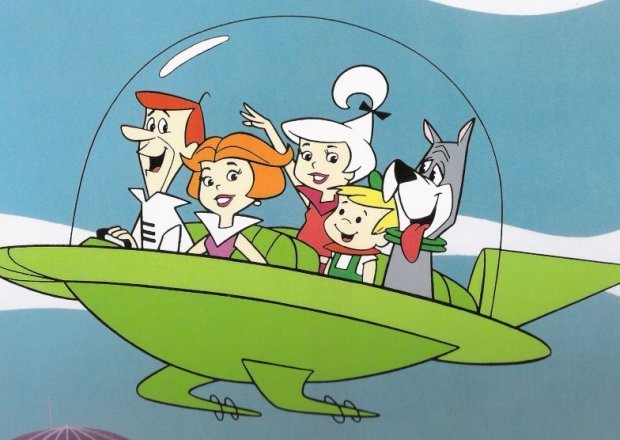Managing During the Period of “The Jetsons”
The rise of artificial intelligence and robotic process automation in the enterprise is ushering in a new world for C-Suite…
The rise of artificial intelligence and robotic process automation in the enterprise is ushering in a new world for C-Suite executives.
Gone are the days where an enterprise is driven from the top down, scaling through systems and processes, with the workforce being seen as more of a mechanism than a collaborative group. The CxO executive has a new period of management, where, according to one of Australia’s leading digital thought leaders, Dr Susan Entwisle, will require a new approach and empathy from the top.
The Jetsons Are Almost Here
Dr Entwisle is the assistant vice president for Cognizant’s digital business, and believes that although technology and innovation moves fast, the reality is that is is moving faster than what we might think.

“I grew up watching The Jetsons. The Jetsons portrayed a futuristic concept of life set in 2062. It was a gleaming utopia powered by technology.”
“We had Rosie the robot, smart homes and flying cars. Today we’re really on the cusp of seeing some of those innovations come to life both in the workplace and at home. Certainly so over the next decade.”
Susan references the flight company AeroMobil as a key example. AeroMobil claims that within 10 years we could actually have flying cars. However the exciting, and scary thing, is that more often that not Susan believes we get the technology timelines wrong.
“McKinsey always says that if you think you can predict two years into the future, you may just be crazy. Technology is moves at such an incredible pace.”
Preparing for Change As Business Leaders
So how do you approach managing a business in the world of the Jetsons? The first thing to do is to accept that
change as the only constant and implement that into your business and management strategy.
“Our workforce will change, and as leaders, it is incumbent on us to understand, predict, and plan and prepare for that. Every two weeks one company is replaced from the S&P 500. That is the magnitude of change we as organizations face.”
Susan believes that the change wont just come from the organisations and technologies themselves, but the make up of the workforce.
“50% of our workforce will be Millennials by 2020. It’ll be the first time in four generations that we have four generations in the workforce at one point in time.”
Susan believes that C-Suites will have to become smarter in how they approach employee engagement, as the current ways of engaging are not working.
“When we look at employee engagement what a Gallup poll in Australia found, only 26% of individuals at work are actually actively engaged at work. 16% are disengaged. So that has an economic impact of $31 million on the Australian economy.”
Agile is Key
“Humans were never designed to scale. Any system of scale is comprised of very simplistic entities that follow basic rules. Like ants and birds, not large enterprises.”
Susan believes that it is the “human element” in all of us that makes us not fit for purpose in a scaled environment. We are too complex. As such agile methodologies make more business sense.
“Humans are infinitely complex. So smaller multidisciplinary teams that bring different perspectives at a scale in which we can work as humans, delivers better outcomes.”
This concept can be readily applied to a future workplace which foundations is embedded through the interaction between man and machine. With the workforce now representing the strategic element of a business, this type of structure will uncover our real skill-sets.
Change is the Only Constant
Finally, Susan believes the change on the horizon is something that shouldn’t be feared. If anything, it will bring on a level of empowerment never before experienced by executives. It is up to the C-Suite line of business to embrace the change and empower the workforce.
“Our workforce will change, and as leaders it is incumbent on us to understand, predict, and plan and prepare for that.”





Comments